I will be trying my best to explain what happened yesterday in DeFi. It is extremely important to understand the risks in DeFi markets and possible exploits.
HERE WE GO.
Yesterday DeFi markets had an irregular day, as the famous trader Avraham Eisenberg (Avi) known for very profitable trades, opened a massive $63M short for CRV Curve token on AAVE.
It did not go well.
A bit about Avi first. He was the main character behind the mango market exploit a month ago.On the mango market exploit, he asserted that this was just the smart contract functioning as intended, so even though there is a bug in the smart contract, he made an argument that CODE IS LAW and hence, the treasure was his to keep, and do what he wants with. He tried to short USDT and GUSD with this massive stash, but to no success.
Shorting and longing using AAVE loans is normal in trading. However, what marks this event special, is that the size of the Avi's position ($63M) was oversized to the relatively illiquid CRV market.
AAVE is an over-collateralised lending platform. For taking a short position, you deposit US dollars (USDC) and take out CRV. Then sell CRV to USDC, deposit it to AAVE, rinse and repeat.
Avi is known to trade with "size" which means he does really big, and often risky trades. He "telegraphs" these trades publicly beforehand to make sure he gets the most attention (and likely copy trades).
Avi is known to actively look for trades that can break the system because of lenient risk parameters. In trading, this means that the size of buy/sell/loan is so large that it starts to severely affect the underlying asset and market being traded.
Avi opened $63M CRV short position on AAVE against 92m curve tokens (average price of 0.68 CRV/USD)
It was suspected Avi was trying to break AAVE or was attempting to liquidate a large long CRV position He twitted just before the attack saying that he was going after a protocol in which the founder had put up nine figures for liquidation, seemingly referencing the juicy stack that Curve founder Mitch has put up for very low price of liquidation at around 36 cents of liquidation price, and as the battle went on, it went down further to 25 cents. Mitch was keeping an eye on his bags and keeping an eye on his bags, and keeping them fairly out of reach of liquidation. Mitch even went into Convex discord and started trash-talking.
However, when people noticed the oversized position there is a chance for "short squeeze," Avi's "liquidation price" is defined by the size of USDC collateral against his CRV loan. If the CRV price goes below this, the health ratio of the loan goes below 1.0.
To protect the system's integrity, unlike in traditional finance, AAVE will liquidate the collateral automatically and immediately with a "margin call". The short collateral (USDC) is traded and the proceedings from the sale are used to pay back (Avi's) loan to the creditors.
Because Avi is short, the USDC and CRV roles are reversed compared to what we usually understand as base and quote tokens in short trading.
Avi borrowed CRV. In a liquidation, the collateral USDC is sold, or CRV bought, to make CRV creditors whole.When the loan gets liquidated, Avi will get to keep the $CRV though. However, because of the risk parameters, the collateral to loan is ratio is over-collateralised e.g. 120% USDC to 100% $CRV, buying CRV this way is cost inefficient.
There is another risk: What if the collateral, despite loan being overcollateralised, cannot be sold fast enough for good enough price to get $CRV to pay back AAVE creditors?
In this case what is called "bad debt" will be created.In AAVE, bad debt is ultimately paid by AAVE token stakes that will backstop the system.In a perfectly functioning system with good risk parameters, bad debt should never occur.However, in this case, Avi's position was oversized to the relatively illiquid underlying CRV market.
There was a risk that AAVE's automatic liquidation system cannot buy enough CRV to pay back Avi's $63M loaned CRV tokens, because there isn't simply enough liquidity at CRV markets.
Doom loop:
Aave liquidation trades USDC to CRV -> CRV price shoots up -> Avi's loan health ration gets worse and worse -> Overcollateral margin exceeded -> Loan cannot be saved (unless liquidations are stopped and CRV price comes down) In the bad debt scenario, AAVE token holders will pay.Staked AAVE would be liquidated to be used to buy CRV to fill the gap.
This is the "systematic" risk in DeFi. Something breaks at the critical markets and a large market end up with too much bad debt And this is exactly what happened with Mango Markets on Solana earlier. Their MNGO token lending pool risk parameters where lax, Avi could make a trade that flushed out all liquidity and Avi ended up with high profits.
HOW THE CRV SHORT DRAMA PLAYED OUT ?
The DeFi hold it together and this was a very, very, good stress test for the market ecosystem overall. When people noticed Avi's oversized CRV short positions, they rushed to buy CRV to squeeze him out. It was easy, because the position size was so large related to the market size.
Short squeeze happens when trades
- realise everyone can profit on the expense of someone if they buy a bit more assets
- people target short sellers from irrational hate (see /r/WallStreetBets and GameStop saga)
A normal trader would not do this kind of a trade, or would start to reduce their position if a liquidation risk raises but Avi is not normal, he is a man of his word, the slayer of ponzi tokens, a trader with size.
Avi was liquidated. He ended up with $63M USDC lost and received 92m CRV tokens, worth $57M at today's price.Avi's assumed total on-chain positions were $100M.
However despite scratching their head, even the smartest minds of the industry could not figure out how Avi could have profited from this trade.
AAVE ended up with $1.3M in bad debt. A minuscule amount, but something was still little broken.AAVE can cover this much of bad debt from interest payments in a short period of time.The systematic risk realisation is thus avoided.
The fact that nothing broke yesterday reflects the health of good, transparent DeFi markets. This is opposite to FTX, Celsius, Genesis, etc. TradFi lending markets. A lot of people made easy money by longing the CRV, creating a short squeeze, which liquidated Avi.
Also, the very fact that we can see AAVE's debt of $1.3mn on-chain, but we can't see $1.5-2bn of debts of FTX, Celsius is what is wrong with CeFi. Sorry for the long post. Wanted to explain things in detail.
[link] [comments]

You can get bonuses upto $100 FREE BONUS when you:
💰 Install these recommended apps:
💲 SocialGood - 100% Crypto Back on Everyday Shopping
💲 xPortal - The DeFi For The Next Billion
💲 CryptoTab Browser - Lightweight, fast, and ready to mine!
💰 Register on these recommended exchanges:
🟡 Binance🟡 Bitfinex🟡 Bitmart🟡 Bittrex🟡 Bitget
🟡 CoinEx🟡 Crypto.com🟡 Gate.io🟡 Huobi🟡 Kucoin.


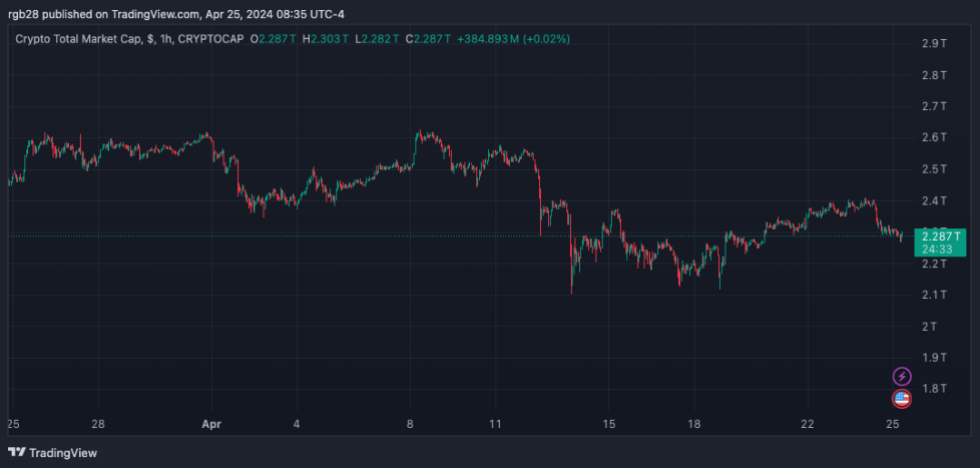

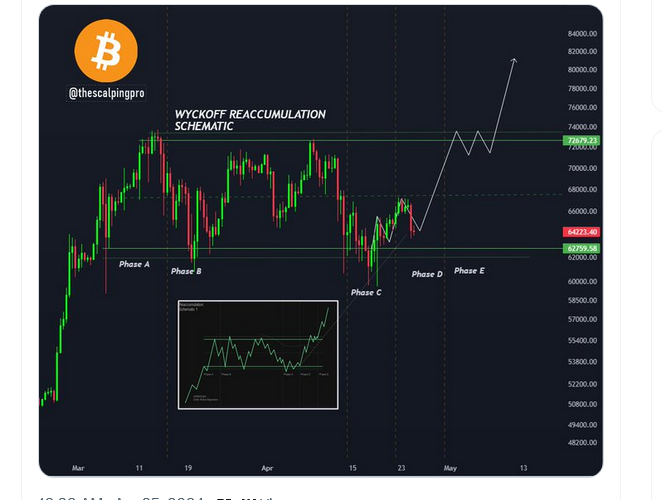
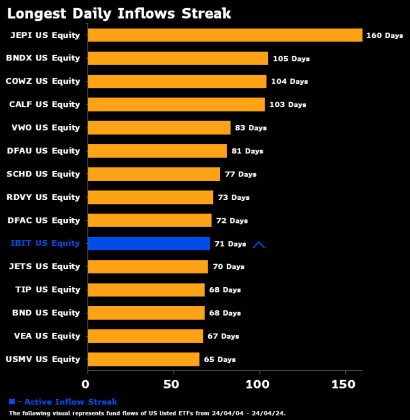



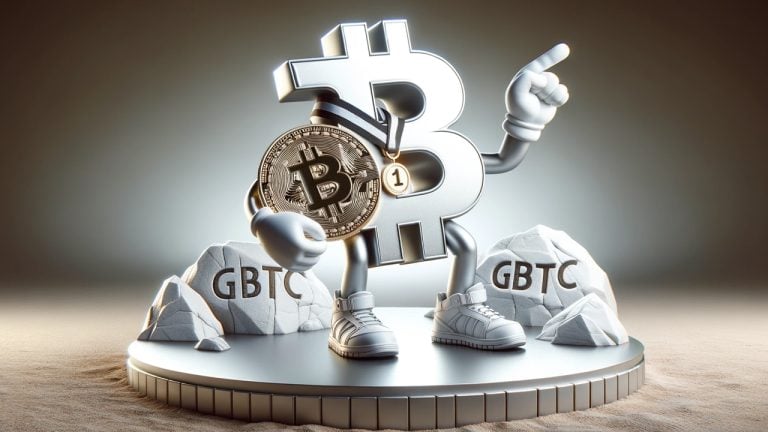



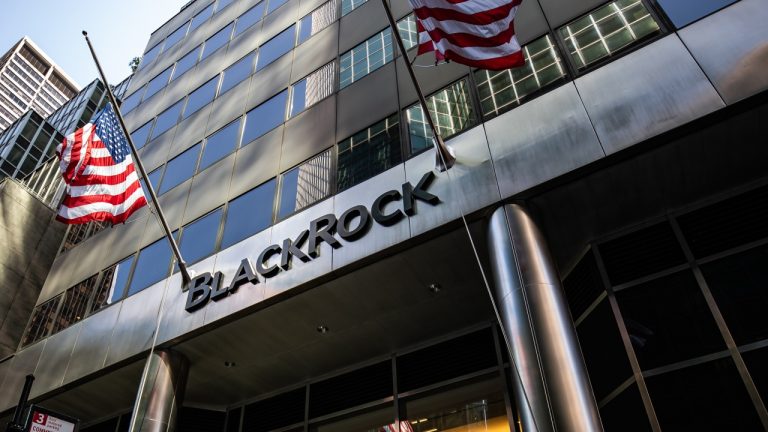




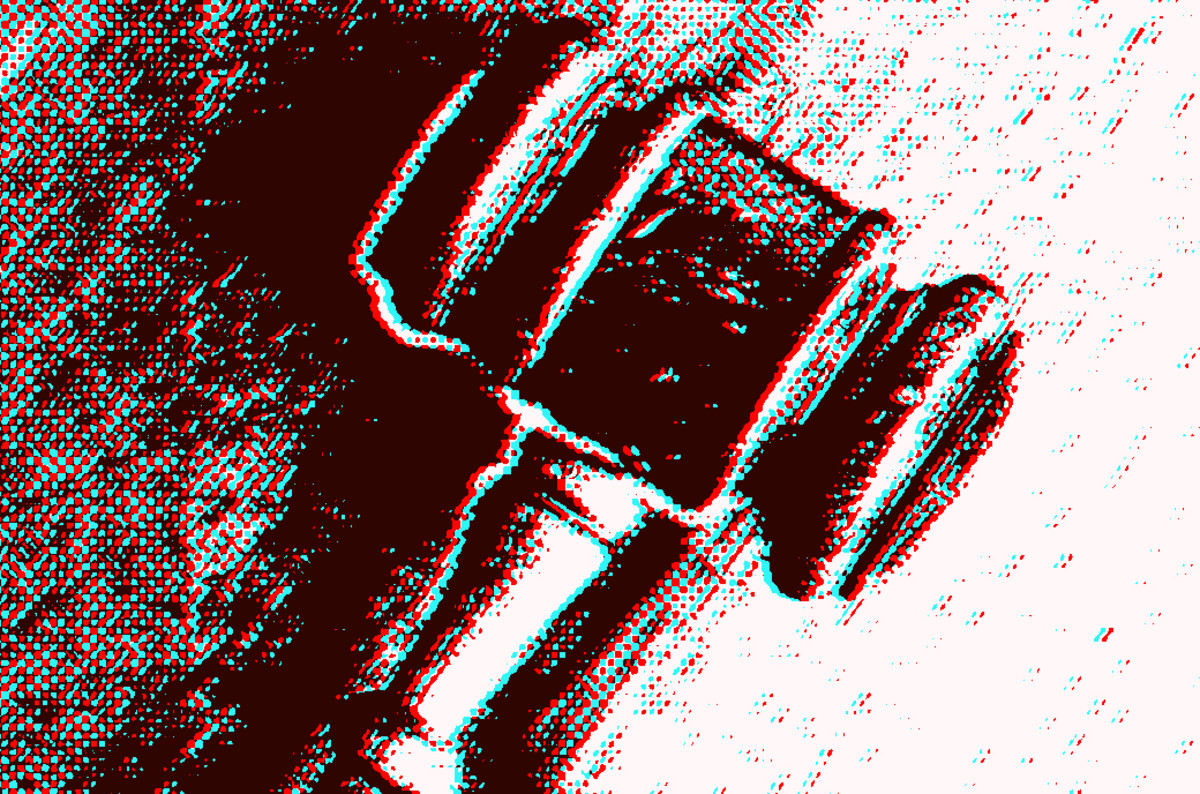

Comments